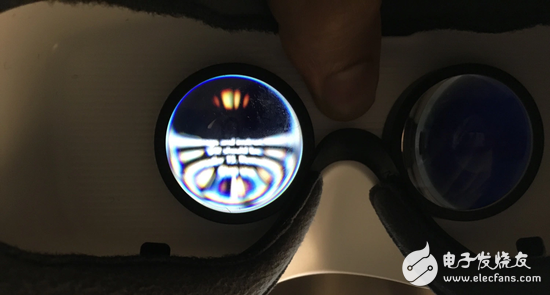On May 12th, according to foreign media 9to5google, deep technology journalist Peter Rojas said that according to multi-source, Google will release a next week's I/O developer conference. Independent Android virtual reality helmet. This is consistent with some related reports earlier.
As early as February of this year, the Wall Street Journal reported that Google is developing an independent virtual reality helmet that does not need to rely on a smartphone to run. Rojas said that the helmet will not match the performance of Vive and Oculus Rift. However, according to many sources, its user experience will be better than Samsung and Oculus' current Gear VR experience.

It is also worth mentioning that the Wall Street Journal reported that the independent helmet will not be launched until the end of this year, and it has the possibility of being cut off.
The high-performance PC graphics cards required for Oculus Rift and HTC Vive devices run at least $300 and are a bit bulky.
For Google, the price of the device is critical. The Cardboard model works because all consumers only need to plug their smartphones into a $15 cardboard helmet to get a virtual reality experience. For stand-alone virtual reality devices, Google will have to bring more performance than high-end smartphones and excellent optics, while also ensuring that prices are attractive enough.
Samsung has achieved a first-mover advantage in mobile virtual reality with Gear VR, but it does so mainly because it sells the helmet for only $99 (requires compatible Galaxy or Note devices to run). Last month, the number of users of the Samsung Gear VR platform exceeded 1 million. This is largely due to Samsung and selected operators offering complimentary Gear VR to S7 subscribers.
In the past two years, Google's efforts in the field of virtual reality have mainly attracted developers to create simple virtual reality content. Using Cardboard to guide people to use virtual reality is a very successful strategy for Google, but it still has a long way to go to stimulate the interest of content creators. As of now, Cardboard-compatible virtual reality helmets have shipped more than 5 million.
Google is also working to improve mobile virtual reality, the solution is to integrate software directly into the Android system. Currently, Cardboard is only an application, but with system-level integration, device latency issues may be mitigated and users may be willing to use it for a longer period of time.
Sealed Special Transformer,Oil Immersed Distribution Power Transformer,Low Noise Distribution Transformer,Oil Immersed Distribution Transformer
Shaoxing AnFu Energy Equipment Co.Ltd , https://www.sxanfu.com